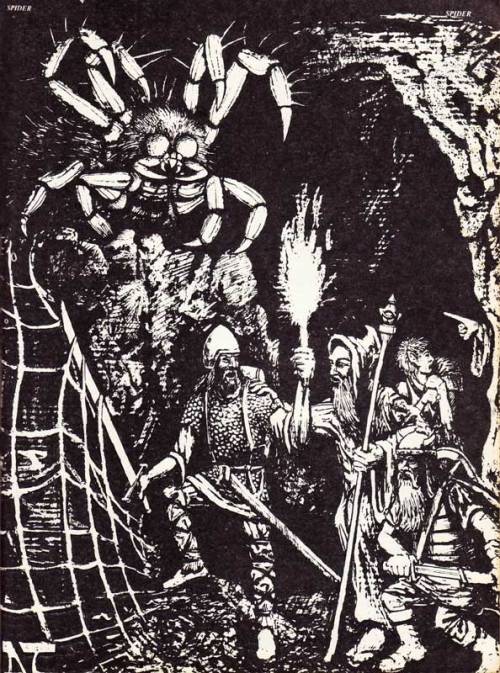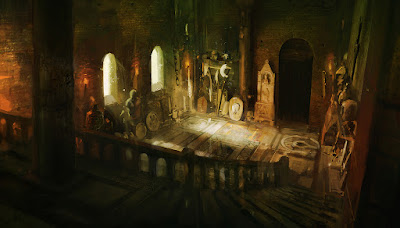 |
| Blurry picture of a book |
In this case, one of my saved Ebay searches pulled up an old American Geographical Society Annual Proceedings, 1874 edition.
The book documents the 1872 annual report, as recorded in their annual meeting in New York City, March, 1873.
 |
| I haven't read the treasurer's report yet |
A quick thumbing through "The Geographical Work of the World in 1872" reveals many notes on the opening of the West after the Civil War. Expeditions into the Southwest, exploring and defining Arizona, New Mexico, and Nevada, or tracing across the Basin and Range along the 40th Parallel through Utah and Nevada.
An expedition by one Professor Agassiz along the western coast of South America, doing a comparative study of the infant science of glacial geology and Ice Ages. Agassiz was the controversial father of glacial geology, and much of my work in the glacial terrain of the Northwest hearkens back to his original interpretations of the landforms left by ice sheets.
A certain J.W. Powell was poking around the Grand Canyon. This was a few years after his legendary expedition along the Colorado River through the canyon. Powell went on to head the fledgling U.S. Geological Survey.
A good portion of the proceedings are dedicated to a study of the Verrazzano Map of the east cost of North America. Giovanni da Verrazzano, an Italian explorer employed by France, was the 1st European (well, besides those hale Norsemen) to explore the East Coast, tracing between the current Carolinas north to Canada in 1524. Two years before, the ragged survivors of Magellan's circumnavigation returned to Spain, inflaming another round of exploration seeking a water passage through the unexplored North American continent, as well as to begin to lay claim on this new land, as the colonial powers vied for control of the land and resources.
At this point, there was a new white space on the world's maps, and no one knew how huge it was, yet.
 |
| source |
This map, although rudimentary in many ways, and missing many significant landforms and waterways, was still very accurate given the methods of the time, and later maps would build from this reference. And for us Westerners, a place does not exist prior to its mapping (the indigenous people may have a disagreement with this, though...)
 |
| One step removed from 'here be dragons' |
Which leads to the purpose for my purchase of the book. A section holds a long treatise of the explorations of the geography and geology of the Northwest. My skimming of the article mentions many places familiar to me along the west side of the Cascades in Washington; Mount Rainier, Grand Mound, the Skagit River. A number of articles also discuss the geography and geology of the Cascades, Columbia Plateau, and southern British Columbia.
And it describes a few places that no longer exist...
There are no more falls on the Columbia River, all drowned beneath dams in the name of navigation, irrigation, and power.
And to add to my collection of old Mt. St. Helens collectibles, a print of a volcano known, at one time, for its symmetrical peak, which slid and exploded away in May, 1980...
Which is why I collect these documents. As I said above, maps define areas. Both those extant, and those no longer present, whether by the hand of Nature or man.
****
Ok, to circle back to gaming, since that's what this blog is ostensibly about... How does a document like this book inspire or inform our own gamebuilding?
The players find/receive a map - is it old? How accurate is it - are features missing, misplaced, or misinterpreted? Is the scale totally borked? What was the purpose of the map? Who crafted it, with what priorities? The example map was created by navigators, viewing a coastline - attention is paid to inlets, waterways, and hazards. The land beyond a few brief explorations is terra incognita.
Or in the case of the latter examples - what if a landmark, feature, or goal is gone or irrevocably altered? Do our explorers miss it? Is it just a huge hole in the ground? Or buried, or wiped away by cataclysm? Is this part of the mystery of the adventure, or a derailment of a goal?
Anyway just some musings. Back to reading the minutes of the meeting.
**********
UPDATE:
Ok, got through the newly adopted bylaws and flipped beyond the aforementioned Northwest papers.
Two more articles are hidden in the back.
#1 - A study of the 1492 Martin Behaim globe (speaking of unknown spaces on maps).
 |
| source |
#2: A letter, presented at the conference on behalf of H.M. Stanley, who was laid up from complications of malaria and apologized for not making the dinner. After all, he had just returned from Africa where he had located David Livingstone, who had been missing for 6 years during his explorations of eastern Africa... White spaces filled in.
















